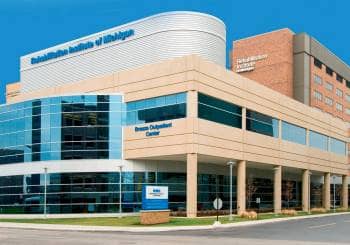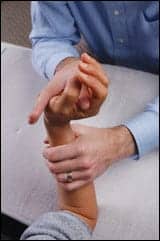A research team from the University of Southern California have compiled, archived, and shared what is reportedly one of the largest open-source data sets of brain scans from stroke patients.
Scientists around the world are already using the scans to develop and test algorithms that can automatically process MRI images from stroke patients. In the long run, the scientists hope to identify biological markers that forecast which patients will respond to various rehabilitation therapies and personalize treatment plans accordingly, notes a media release from the University of Southern California.
The research team describes their compilation of the data set, known as Anatomical Tracings of Lesion After Stroke (ATLAS), in a study published in Scientific Data, a Nature journal.
“One of our goals is to meta-analyze thousands of stroke MRIs from around the world to understand how the lesions impact recovery,” says Sook-Lei Liew, lead author of the study and assistant professor with joint appointments at the Mark and Mary Stevens Neuroimaging and Informatics Institute (INI) within the Keck School of Medicine of USC, the Chan Division of Occupational Science and Occupational Therapy, the Division of Biokinesiology and Physical Therapy and the USC Viterbi School of Engineering.
“We can’t do it by hand at the scale of thousands, so we are really interested in helping find better automated ways, using machine learning and computer vision, to identify the lesions and have machines draw those boundaries.”
“Dr. Liew’s team is making great strides toward improving patient outcomes following stroke,” states Provost Professor Arthur Toga, the INI director. “Several other faculty from the institute and across the university have applied their expertise in machine learning, data visualization, informatics and neuroradiology to deliver a valuable set of open-source MR images.”
As predictive algorithms improve, a long-term goal is for clinicians to use MRI to inform decisions about stroke patients’ treatment and recovery, the release continues.
“Ultimately, we would run their data through an automated pipeline that would give us some measures of their likelihood of recovery, or more importantly, their likelihood of responding to different types of therapies,” Liew adds. “We could then personalize their rehabilitation therapy based on their MRI results and, hopefully, improve their recovery.”
Stroke researchers who wish to access the data can download a normalized subset (n=229) from INDI or the full dataset (n=304) from the Inter-University Consortium for Political and Social Research (ICPSR), housed at the University of Michigan.
[Source(s): University of Southern California, Science Daily]





